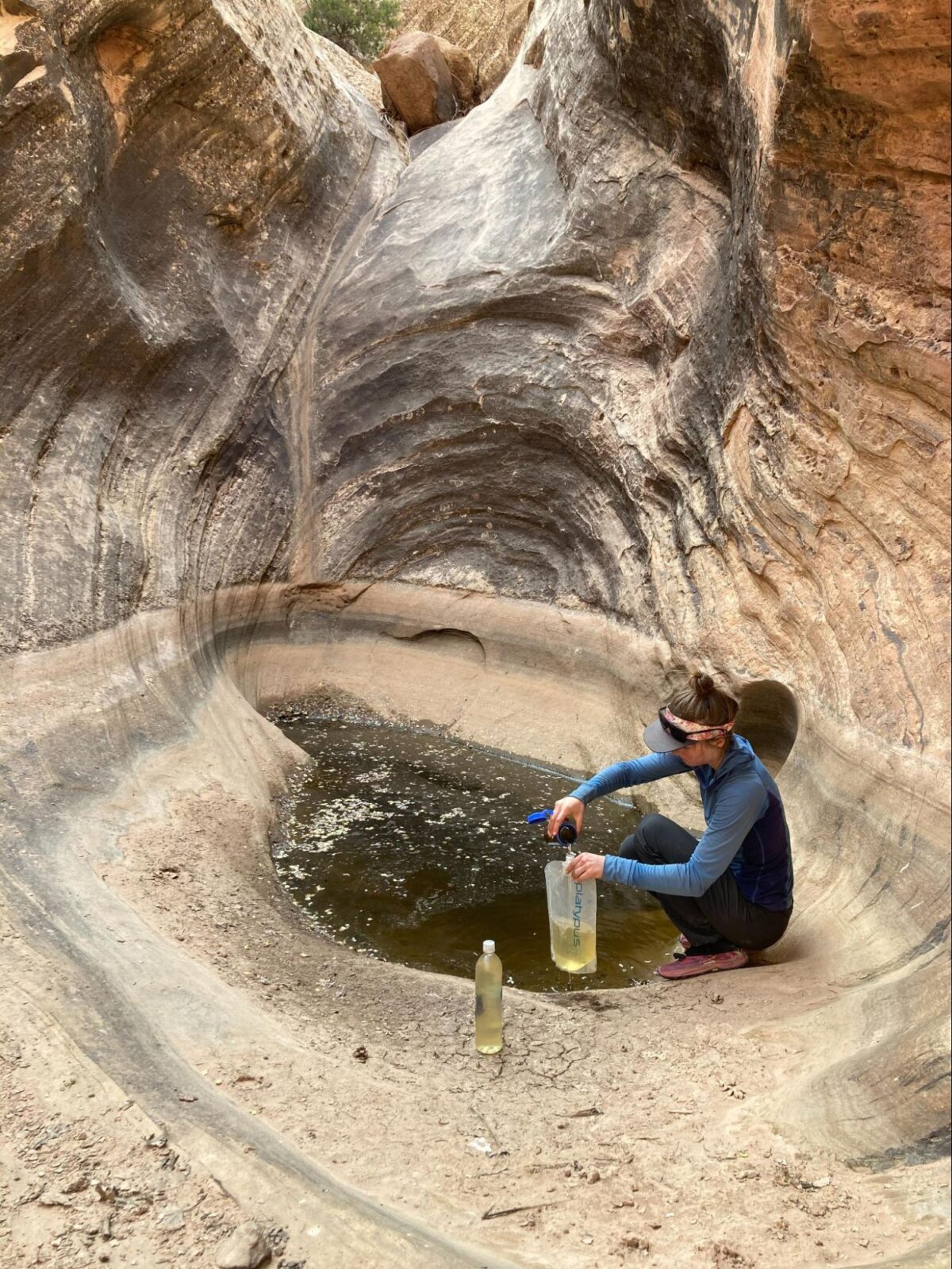Introduction
In the Spring of 2017 my partner and I completed a hike of the Low2High Route, a route put together by Brett Tucker starting in Badwater Basin, Death Valley and ending at Mount Whitney. We had planned the trip to fit in between our seasonal work schedules and the dates of our trip were set. Springtime in the desert can be full of surprises, and we weren’t aware of the forecasted temperatures being close to 100 degrees. Not only that, the route starts off walking across the open, bright white salt flats of Badwater Basin, the lowest point in North America. The combination of high forecasted temperatures, strong sun reflection off of the salt flats and tough travel through soft and muddy ground put us in a dangerous situation when it came to traveling in the heat. After reaching the other side after a few hours we collapsed into the minimal shade of some scrubby brush and sipped on water until the sun disappeared behind the ridgeline and we felt revived enough to hike on to a camping spot for the night.

Hiking in unexpected high heat, even while not on desert trails or routes, is becoming more and more common. In this article I will discuss how to be aware of hazards that exist and ways to mitigate them.
Understanding Heat Index and Its Impact
While participating in longer backpacking trips, hikers can encounter many extremes in temperature and weather. One such extreme is an upwards swing in the heat index (NOAA), which combines air temperature and relative humidity to reflect what the temperature feels like to the human body. Below is a chart showing where heat indexes become dangerous.
 In a backpacking context, dangerous heat indexes can arise in various environments. A Pacific Crest Trail (PCT) hiker might face high heat indexes if they started later than expected while heading northbound, encountering an early summer in the Southern California Mojave Desert. Similarly, a northbound Appalachian Trail (AT) hiker can walk into high humidity and hot temperatures in the Mid-Atlantic, and on longer summer backpacking expeditions, hikers could experience an unexpected heat wave due to the limitations of long-term weather forecasts. Lightweight backpackers with an intended daily mileage and planned resupplies might have to continue traveling despite high heat indexes.
In a backpacking context, dangerous heat indexes can arise in various environments. A Pacific Crest Trail (PCT) hiker might face high heat indexes if they started later than expected while heading northbound, encountering an early summer in the Southern California Mojave Desert. Similarly, a northbound Appalachian Trail (AT) hiker can walk into high humidity and hot temperatures in the Mid-Atlantic, and on longer summer backpacking expeditions, hikers could experience an unexpected heat wave due to the limitations of long-term weather forecasts. Lightweight backpackers with an intended daily mileage and planned resupplies might have to continue traveling despite high heat indexes.
Member Exclusive
A Premium or Unlimited Membership* is required to view the rest of this article.
* A Basic Membership is required to view Member Q&A events




Home › Forums › Strategies for Backpacking in the Heat: Daily Routine and Gear Considerations